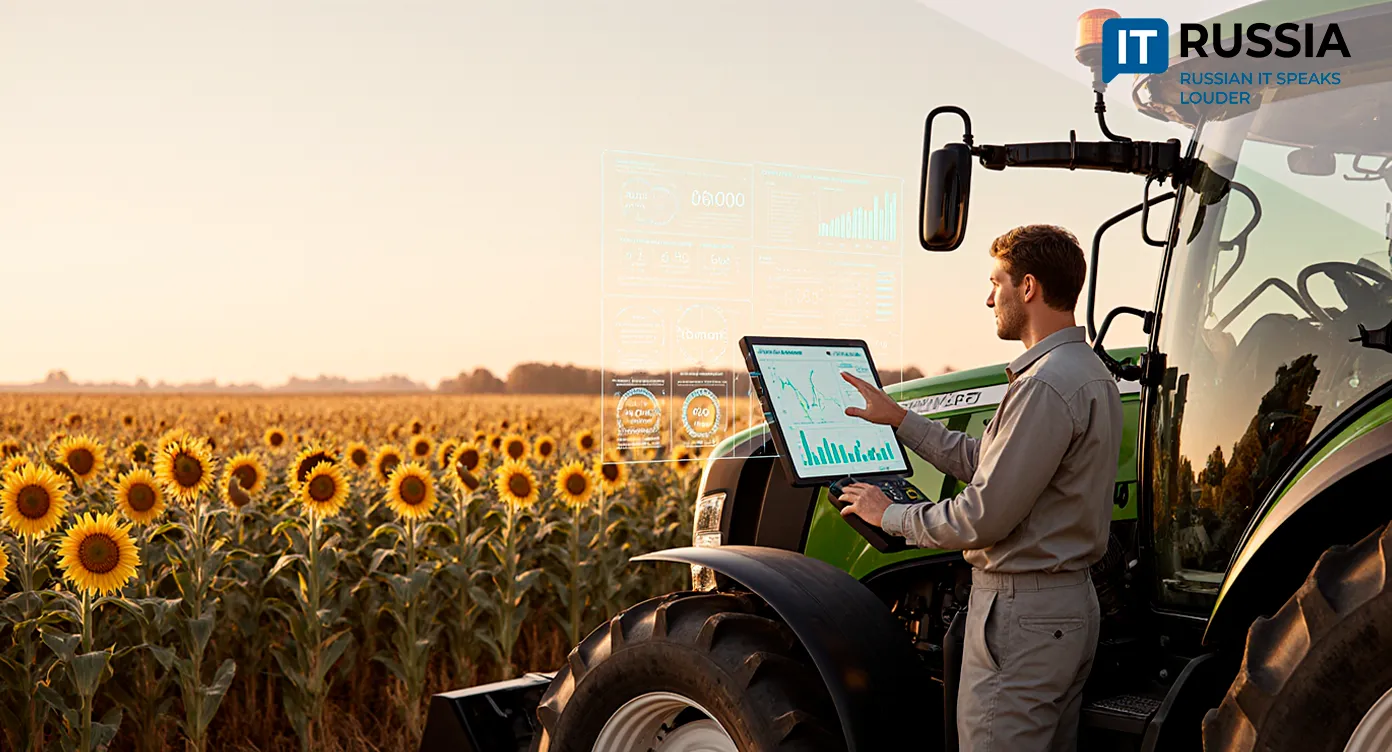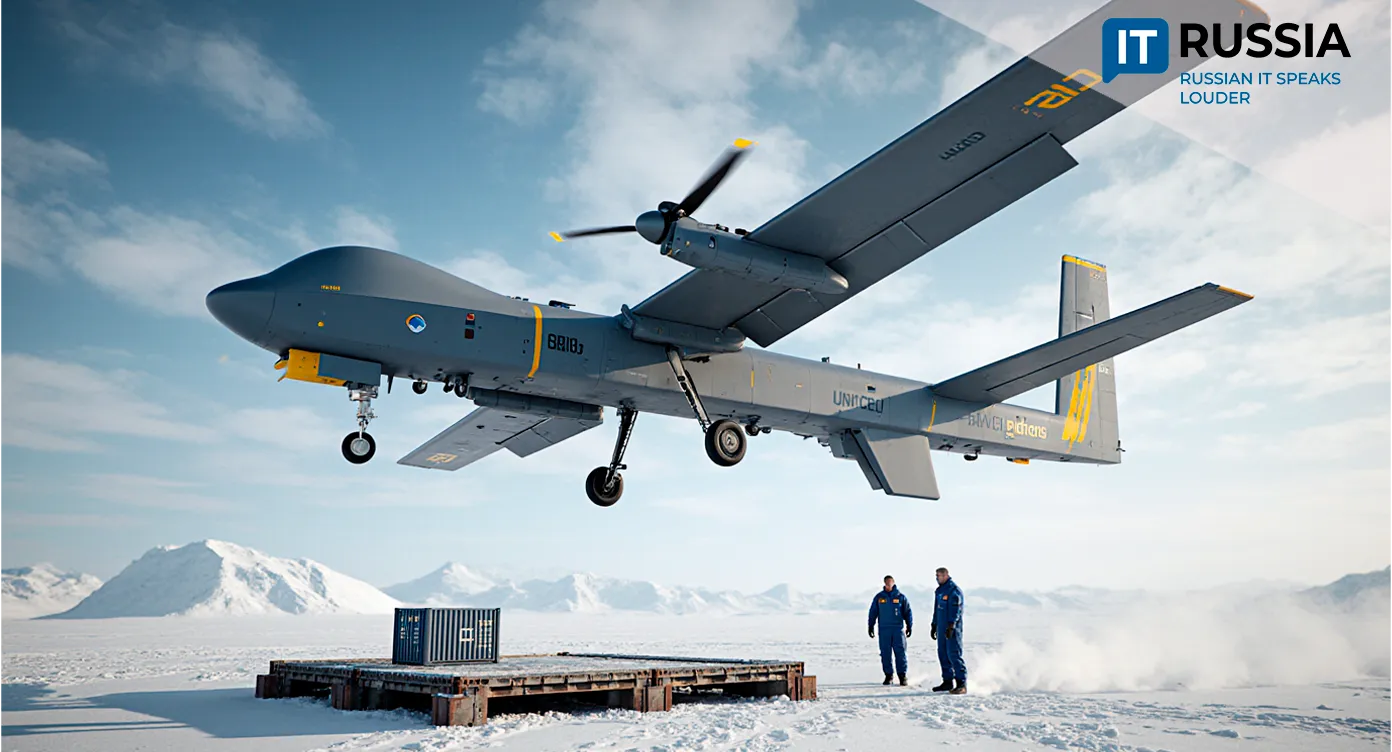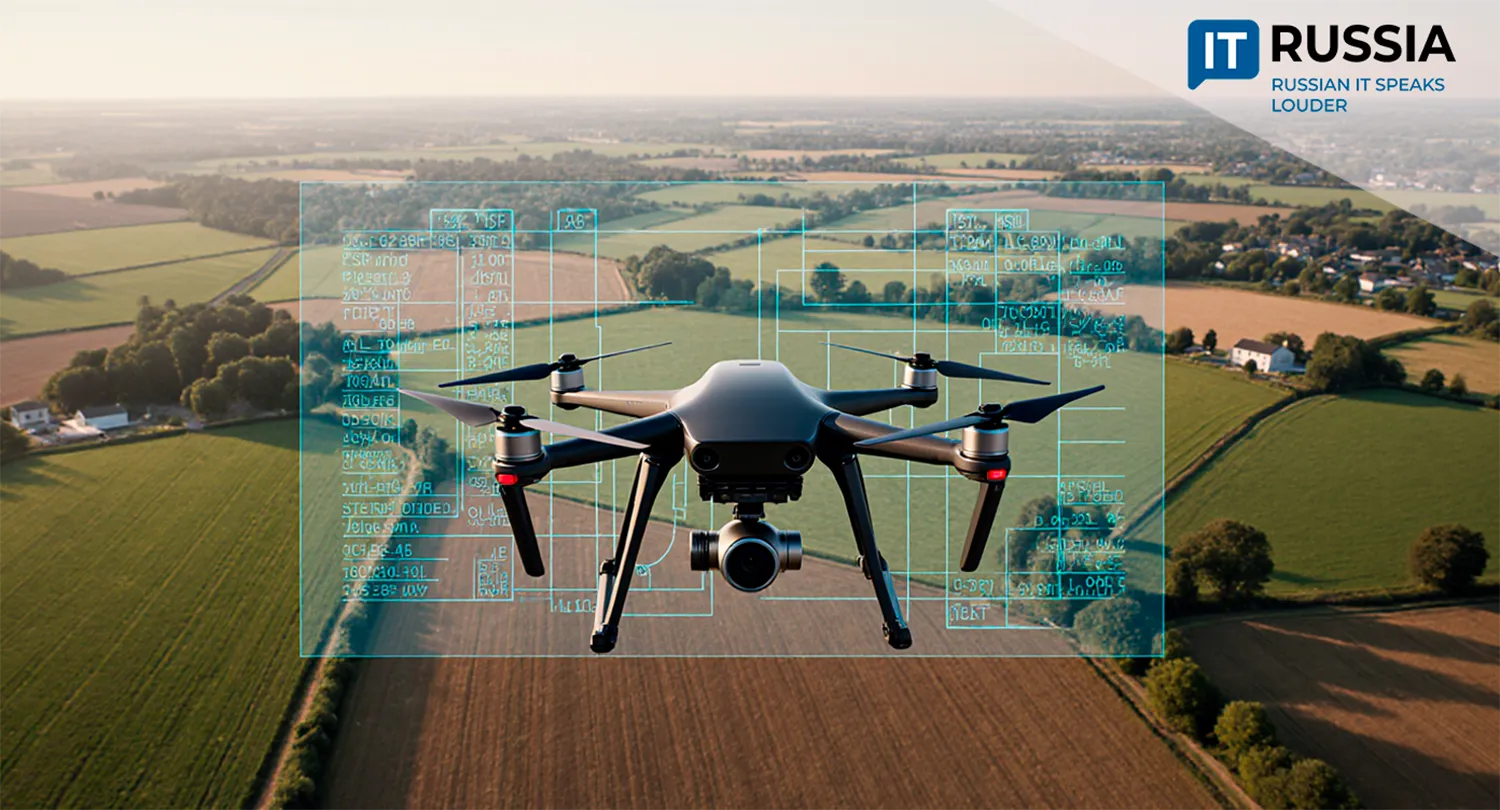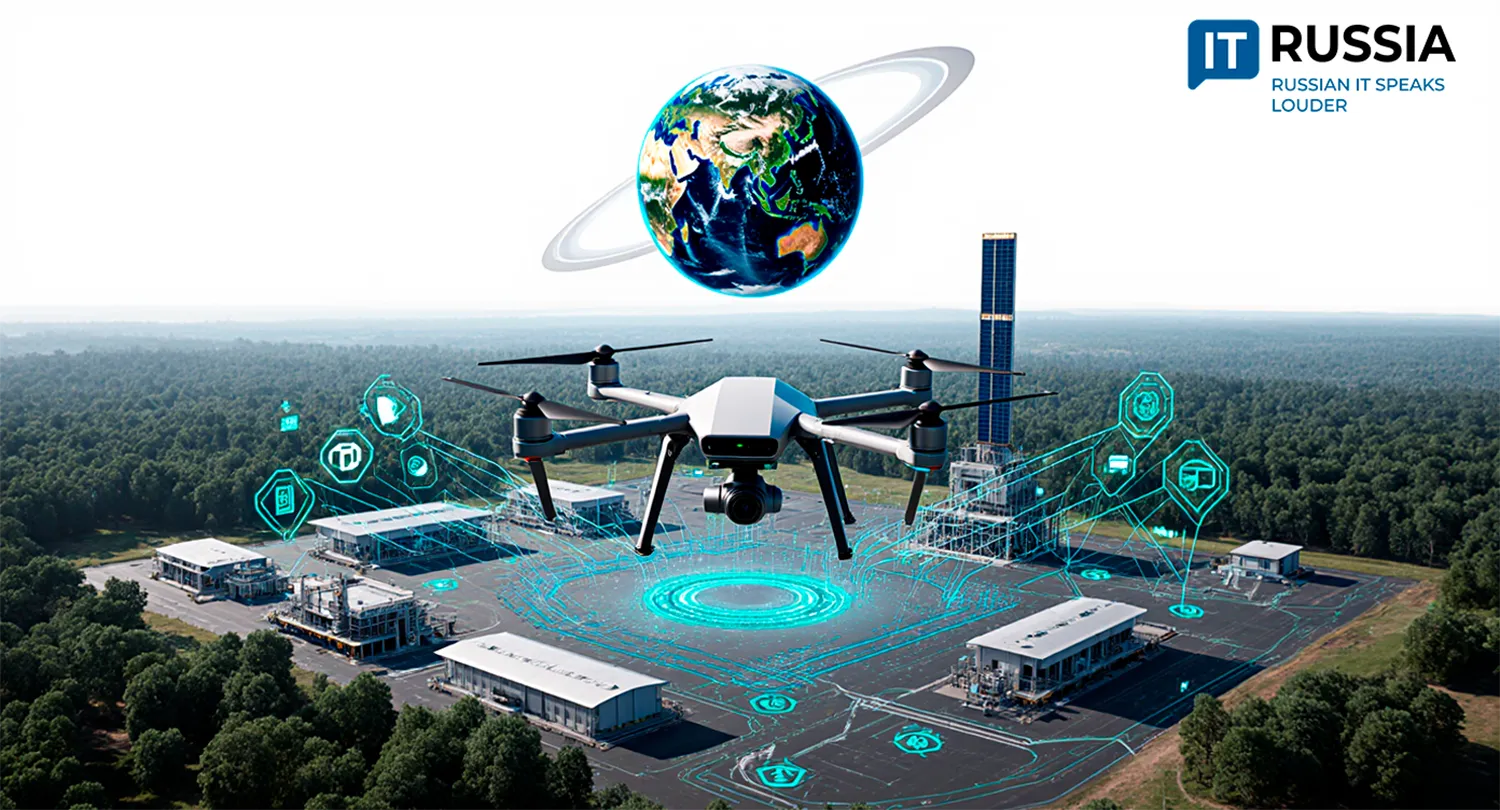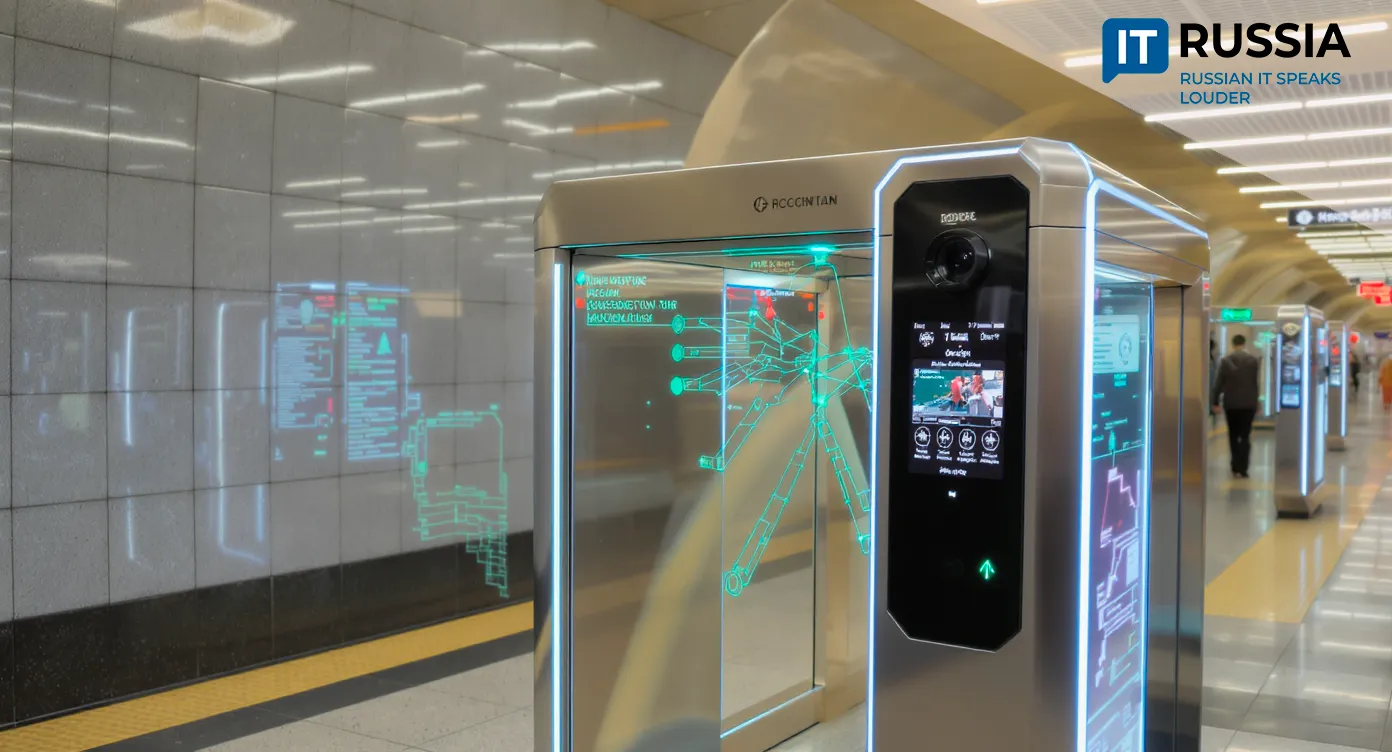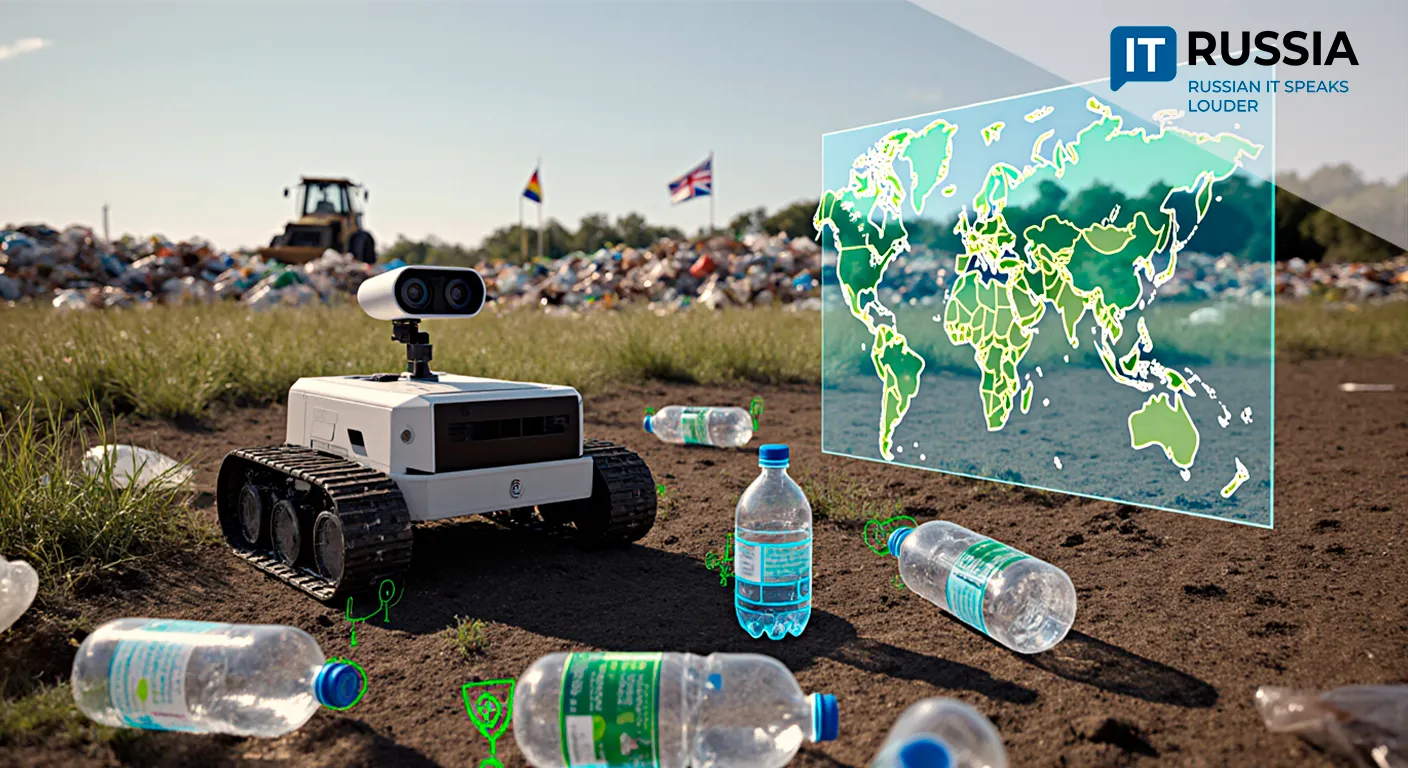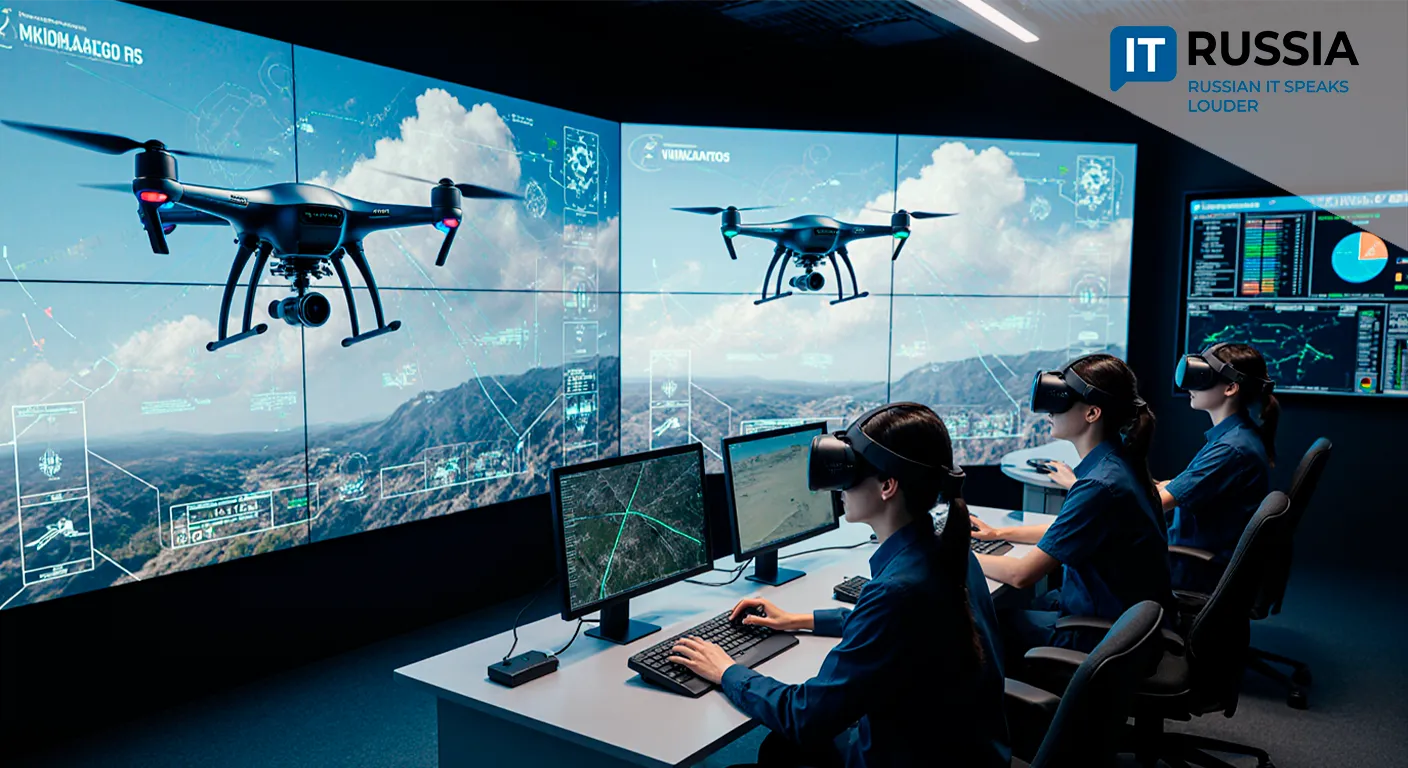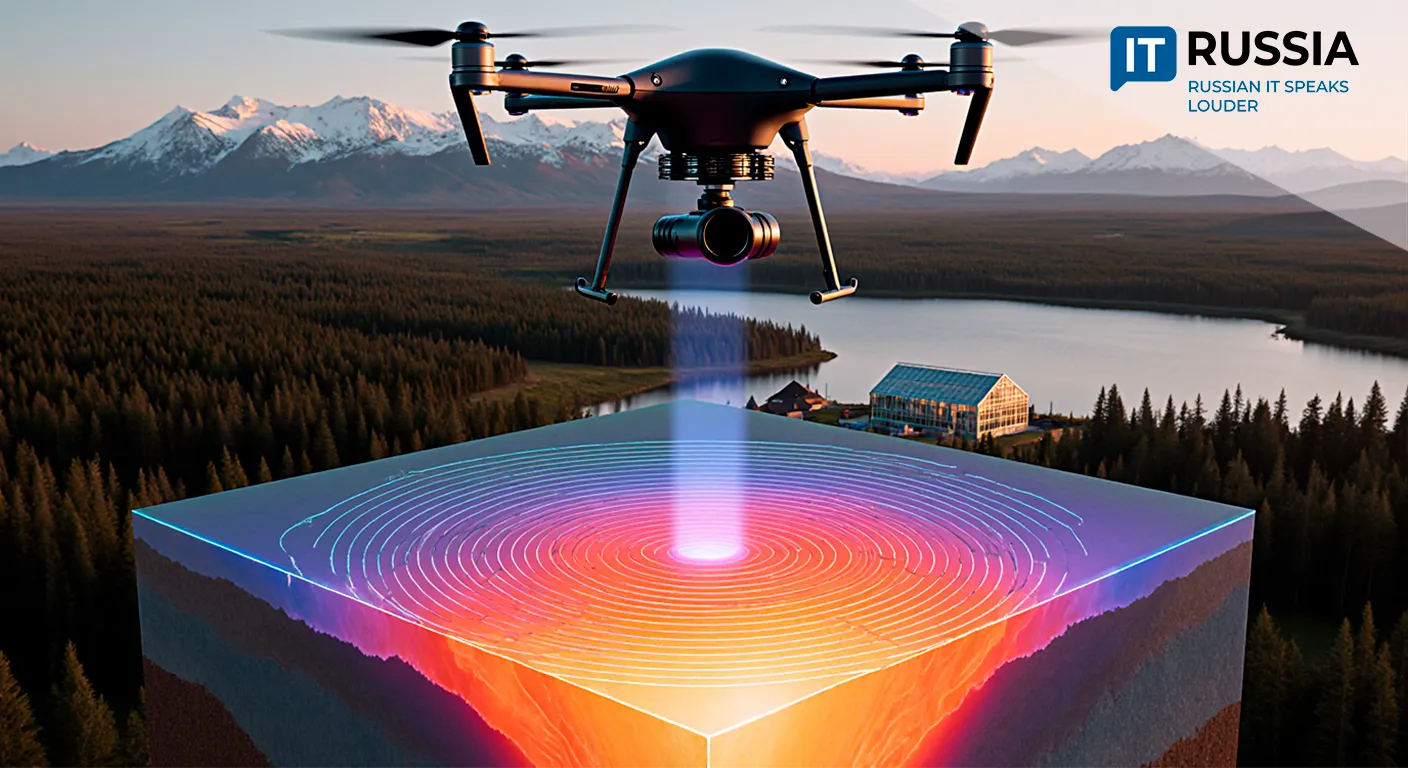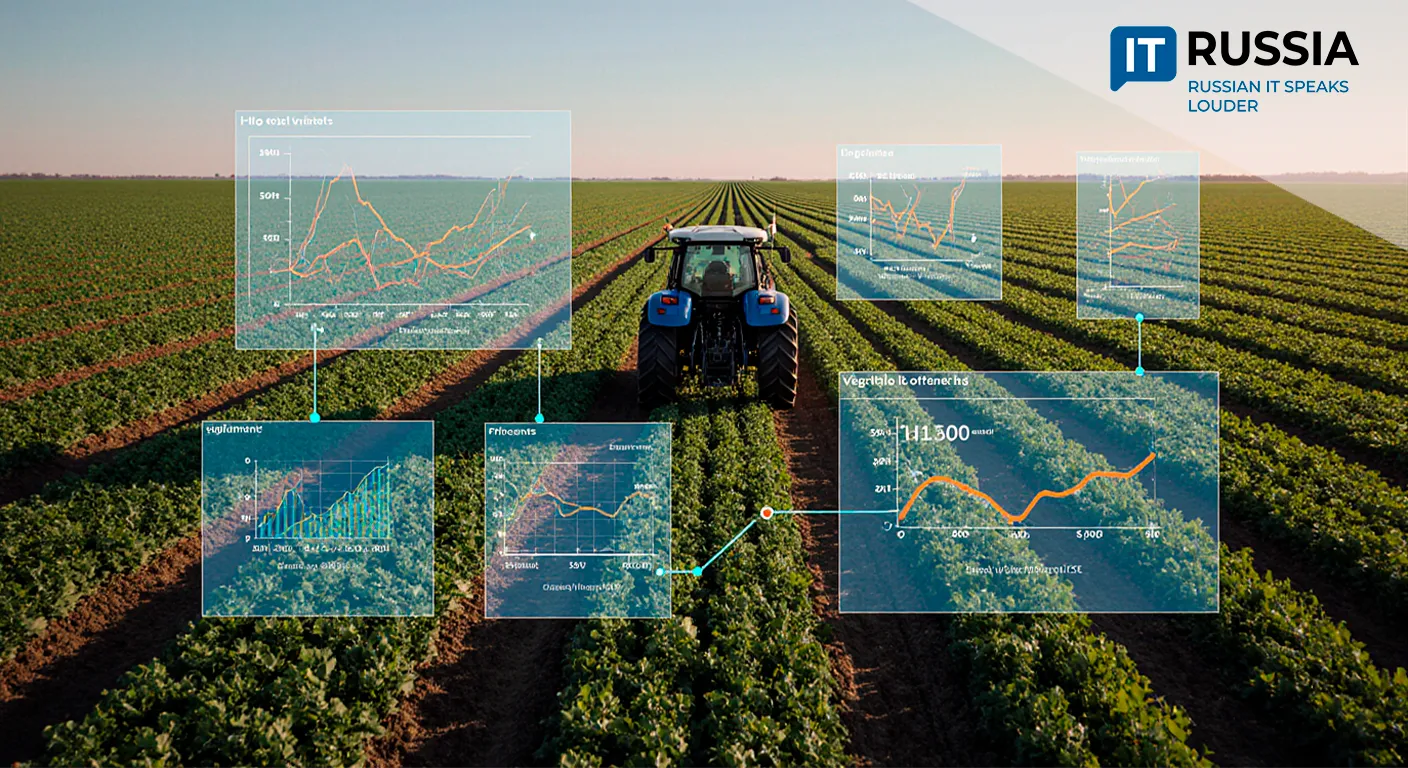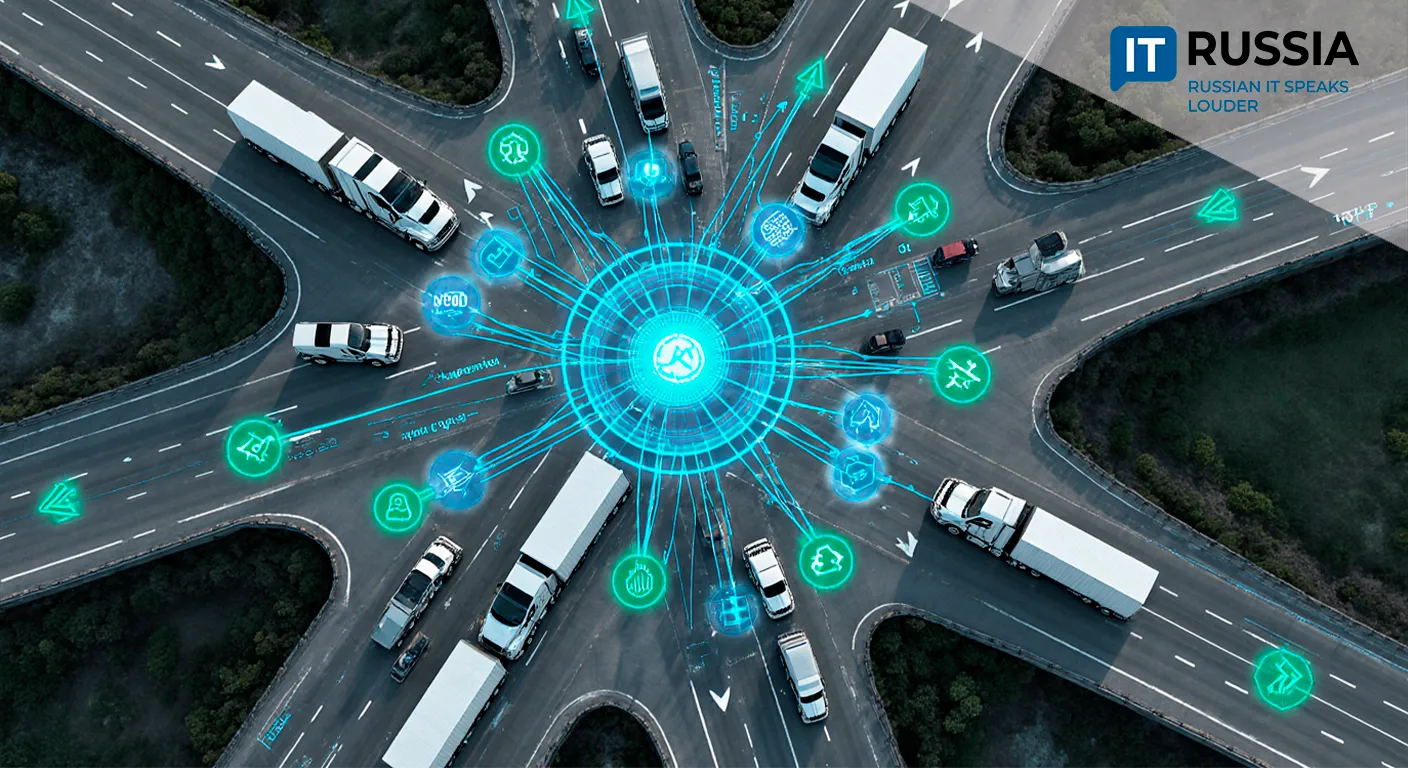Innovations Safeguarding Security: Russian Engineers Create UAV Remote Control System
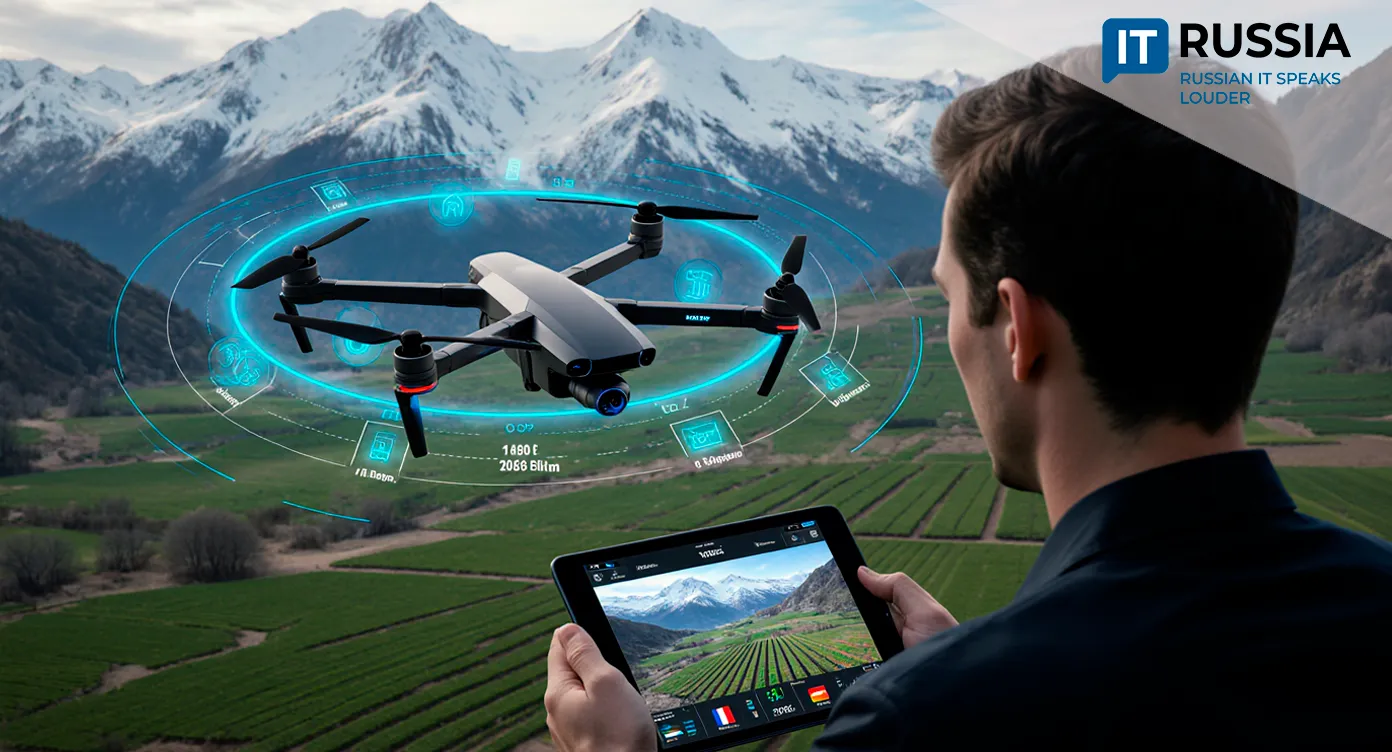
Engineers at Moscow Aviation Institute (MAI) have developed a new system for remotely controlling unmanned aerial vehicles (UAVs). Continuous transmission of telemetry and video from the drone to a ground control station is now possible using 4G networks.
Works in Extreme Conditions
The MAI system uses a compact 360-gram device equipped with two independent 4G modems operating in parallel. The optimal channel is selected automatically based on signal quality, ensuring stable communication even in areas with weak coverage or during handoffs between base stations. This enables operators to fully control the drone, monitor flight parameters, and track its technical condition even from long distances. The system’s key advantages include its ability to operate in extreme temperatures from -40°C to +60°C and to function on low power supplies (12–60 V).
According to the institute, telemetry and video transmission are managed by an embedded computing platform, minimizing latency and maintaining continuous data flow.

Limitless Applications
The technology has passed trials and is ready for integration into Russian UAV systems. Importantly, it can be adapted to meet the needs of industrial partners, transmitting data and video from the UAV to a ground station in real time.
Potential applications range from monitoring agricultural lands to delivering valuable cargo and conducting search-and-rescue missions. Experts note that the remote UAV control system could drive further growth in Russia’s aerospace sector, expanding drone use across logistics, emergency response, and public safety. UAVs equipped with this system can operate where other communication methods are unavailable or weather conditions are severe.

Currently, UAV operators rely on radio channels, which are limited in range and susceptible to interference—especially in developed infrastructure areas where channels can be congested. Stable communication could pave the way for UAV-based logistics networks and even drone airlines capable of competing with helicopters and ground transport.
Investment in the Future
The development of UAVs is especially relevant for autonomous agricultural operations, remote infrastructure monitoring, and emergency services. In the future, the remote control system could be integrated into ground-based airspace management systems such as the MPSN-Sh. Russia’s State Air Traffic Management Corporation has already commissioned the Almaz-Antey aerospace defense group to build such a system by the end of 2025 for UAV control in eight Russian regions.

Further upgrades could include integration with satellite and optical communication channels, such as the Gonets 2.0 satellite system, which will provide uninterrupted UAV connectivity across Russia.
While initially targeting the domestic market, the system’s versatility, compact size, and climate resilience make it attractive for international customers—particularly in countries with extreme weather conditions.






